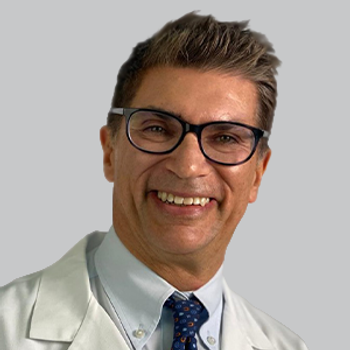
CPAP Treatment of OSA and Residual EDS Symptoms
Panelists discuss how approximately 20% to 30% of patients adherent to CPAP therapy still experience pathological sleepiness, requiring clinicians to plant early expectations about the potential need for additional pharmacological treatment and address patient disappointment when CPAP alone isn't sufficient.
Episodes in this series

Video content above is prompted by the following:
Continuous positive airway pressure (CPAP) therapy represents the gold standard for obstructive sleep apnea (OSA) treatment, but clinical outcomes require nuanced evaluation beyond simple adherence metrics. While CPAP effectively resolves respiratory events during sleep, approximately 20% to 30% of adherent users continue experiencing clinically significant daytime sleepiness. This residual sleepiness may reflect irreversible neurological changes from prolonged untreated OSA, concurrent sleep disorders, or the natural heterogeneity of individual responses to treatment.
Patient education about realistic treatment expectations becomes crucial for maintaining long-term CPAP adherence. Providers should proactively discuss the possibility of residual symptoms while emphasizing CPAP's proven benefits for cardiovascular health, cognitive function, and overall mortality. The analogy of stroke prevention—that continued treatment prevents further neurological damage regardless of existing impairment—helps patients understand why CPAP remains important even when sleepiness persists.
For patients with documented residual excessive daytime sleepiness despite optimal CPAP therapy, FDA-approved wake-promoting medications offer evidence-based treatment options. Early introduction of this possibility during initial CPAP education prevents patient disappointment and abandonment of treatment when expectations aren't fully met. The clinical approach should frame these medications not as alternatives to CPAP, but as complementary treatments addressing different aspects of the sleep disorder spectrum. This comprehensive treatment model acknowledges OSA's complex pathophysiology while providing patients with a realistic hope for symptom resolution.
Newsletter
Keep your finger on the pulse of neurology—subscribe to NeurologyLive for expert interviews, new data, and breakthrough treatment updates.



































